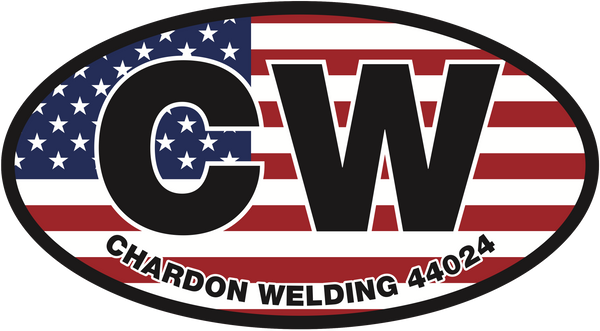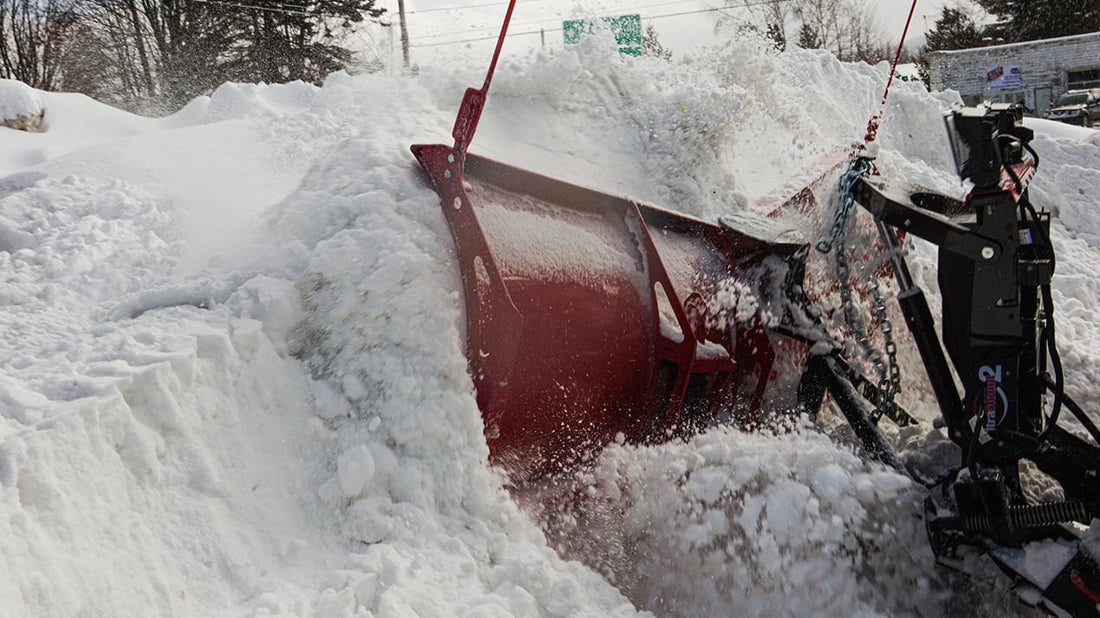As the winter season approaches, contractors gear up for the challenges that come with snow-plow operations. Being well-prepared is key to ensuring a smooth and efficient snow-clearing season. Here's a comprehensive guide to help contractors get ready and stay ahead of the curve when the snow starts falling.
1. Equipment Readiness: Check and maintain all snow plows, spreaders, and accompanying equipment. Inspect blades for any signs of wear or damage. Ensure proper functionality of hydraulic systems, electrical components, and salt spreaders. Regular maintenance and servicing are crucial for optimal performance during snow-plowing tasks.
2. Stock Up on Supplies: Pre-plan and stock up on essential supplies such as salt, sand, and de-icing materials. Having ample supplies on hand is vital to tackle sudden or prolonged snowfall effectively. Also, verify inventory for replacement parts to avoid any last-minute shortages.
3. Staff Training and Safety Protocols: Conduct training sessions for your team to ensure they are well-versed in operating snow-plow equipment and following safety protocols. Refresh knowledge about best practices in snow removal, emphasizing safety measures, proper plowing techniques, and adherence to local regulations.
4. Route Planning and Documentation: Review and update your snow-clearing routes and contracts with clients. Document specific instructions or changes in routes, ensuring everyone is on the same page. Evaluate the effectiveness of prior routes and make necessary adjustments for improved efficiency.
5. Communication and Customer Service: Maintain open communication with clients to confirm service agreements and schedules. Promptly address any queries or concerns they might have. Building strong customer relations through transparent communication is essential for a successful snow-plow season.
6. Weather Monitoring and Preparedness: Keep a close eye on weather forecasts to anticipate snowfall patterns and prepare accordingly. Being proactive in response to weather changes allows for better planning and allocation of resources.
7. Compliance and Legal Considerations: Stay updated with local regulations, including snow removal ordinances, parking bans, and environmental guidelines. Ensure compliance with legal requirements to avoid any potential issues during snow-plow operations.
8. Emergency Planning and Contingencies: Develop contingency plans for emergency situations, such as heavy snowfalls or equipment breakdowns. Have backup equipment or alternate arrangements ready to ensure seamless snow-clearing operations.
9. Post-Season Evaluations: After each snow event, conduct evaluations to assess the effectiveness of operations. Identify areas for improvement and incorporate these lessons into future planning.
By following these steps, contractors can adequately prepare for the snow-plow season, ensuring they are well-equipped, organized, and ready to provide efficient and reliable snow-clearing services for their clients. A well-prepared approach helps mitigate challenges and ensures a successful winter season for both contractors and the communities they serve.

